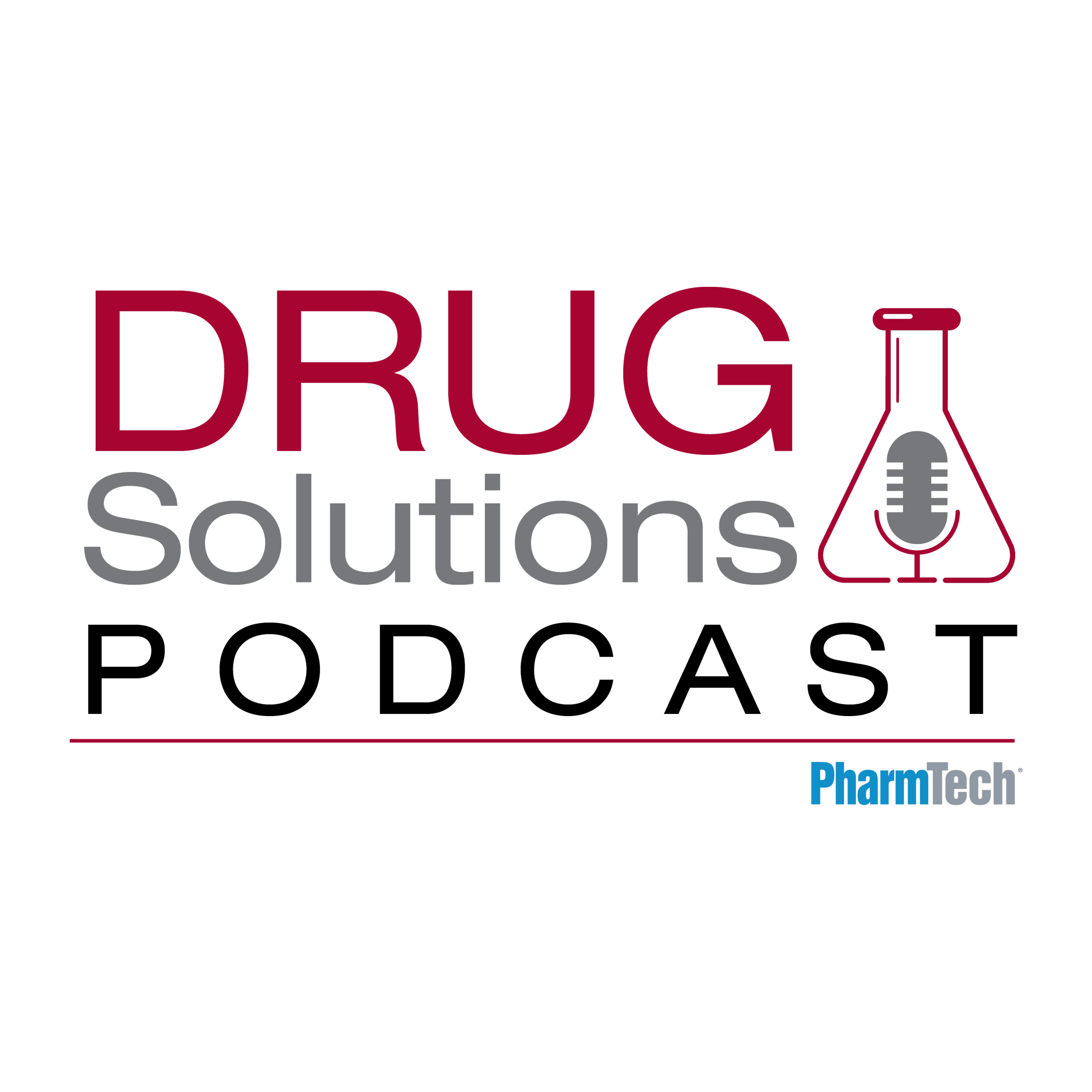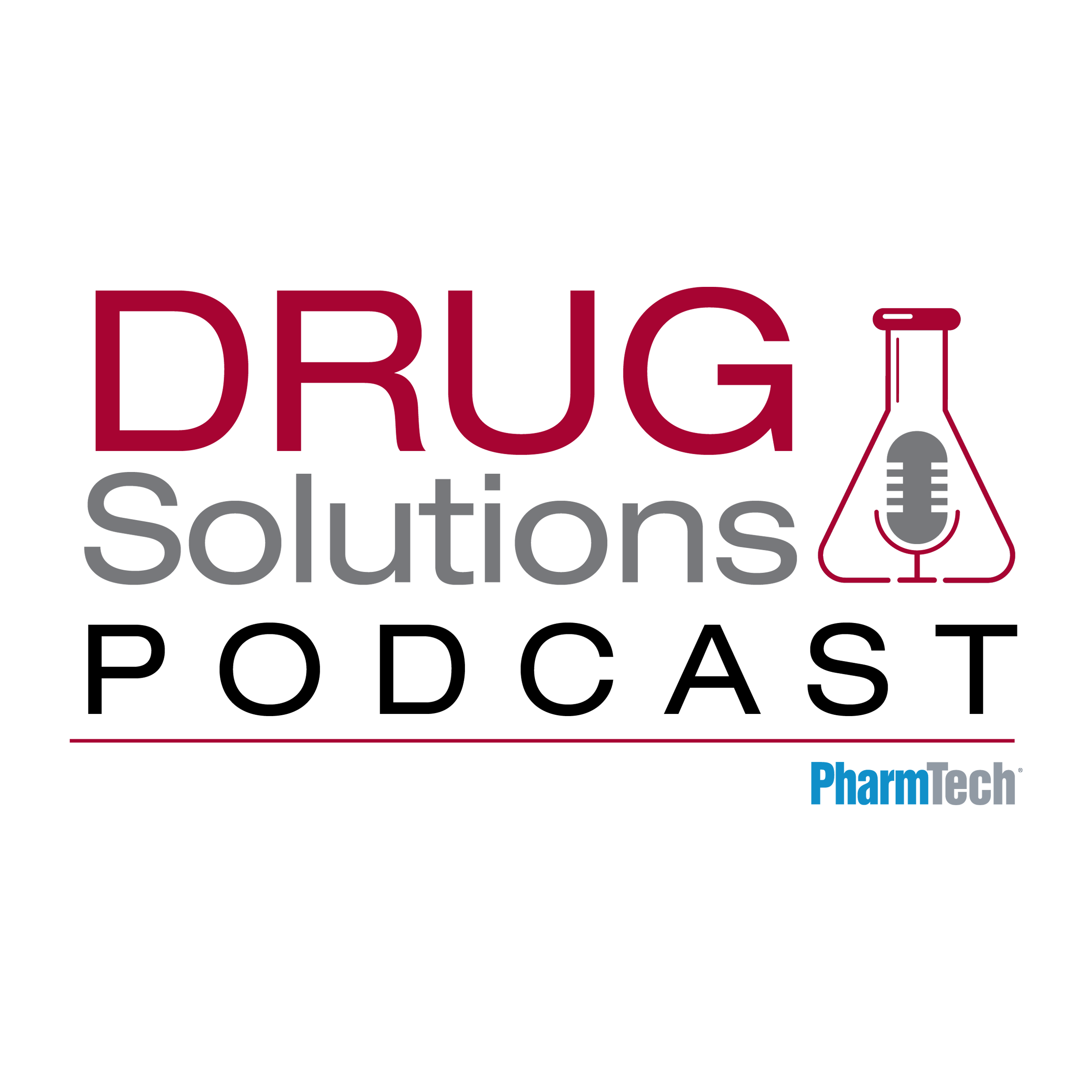Publication
Article
Pharmaceutical Technology
Compliance in an Outsource Manufacturing Model: What to Look For
Author(s):
The authors provide detailed lists of important checkpoints to consider when selecting an outsourcing provider.
Whether for reasons of risk management, capacity requirements, capital limitations, or lack of available human resources, pharmaceutical companies are increasingly entering into outsourcing relationships for the management of their supply chains. Outsourcing allows a company to realize the benefits of production and sales without maintaining infrastructure or making large capital investments. Although such relationships are advantageous, the pharmaceutical company entering into them retains ultimate responsibility for the quality of its compound. Therefore, careful consideration must be given in the selection and review of an outsourcing provider to ensure compliance.
A company must first determine whether outsourcing is needed. The answer can be as simple or as complex as a given supply chain and may comprise several answers. The company must make a clear-eyed evaluation of its strengths and weaknesses, its available resources, and its risk tolerance to develop an outsourcing model that is applicable to its unique situation. For companies in need of outsourcing, this article serves as a guide for selecting where outsourcing should take place.
Selecting an outsourcing provider
The factors to consider when selecting an outsouring provider and the relevant questions a company should ask include the following:
- Capability: Does the provider have the equipment, personnel, and experience to meet my outsourcing needs? Are investments needed to close any gaps to meet this needs? Does the facility have a history in my area of interest?
- Capacity: Will my product be fighting for share of voice with others?
- Commitment: Is the company financially sound? Have we reviewed their annual report? What is the long-term view of the company?
- Competition: Does the company work with our competition? Do we have guaranteed access to capacity? Are there systems in place to protect proprietary information?
The first stage in entering into outsourcing, then, is ensuring that a potential partner has the infrastructure, experience, and financial health to provide assurance that the project will succeed. It will do no good if the company has excellent systems and equipment but is ready to shut its doors because of a lost contract. Conversely, a company with a strong balance sheet may not have the right experience that would be required. More, a sponsor company and its competition may arrive at the same conclusion, and so the sponsor's information must be protected and product supply needs must be ensured. With these answers, the sponsor company can proceed with confidence to evaluating the compliance capabilities of the supplier.
Each product and process is different. Therefore, ensuring compliance in an outsourced model must take into account the specific needs of the product in the context of GMPs and other relevant regulations.
In the United States, for example, the US Food and Drug Administration expects drug, medical device, and biologics manufacturers to have an active facility and supplier audit program, even though there are no specific requirements in the regulations that show that audits of the quality systems have been conducted. Although the word audit is not included in 21 CFR Parts 210 and 211, the requirement for and responsibilities of a "quality control unit" are nonetheless elucidated. FDA currently takes a systems approach that includes the quality system, facilities and equipment, materials management, production, packaging and labeling, and laboratory controls. The elements of these systems are defined in 21 CFR 211 and in the various FDA guidances and should be included in the audit.
Audit checklists can cover all areas of production, from the receipt of raw materials to final release of product, as well as support systems and controls. Or, they can be custom made by the auditor to ensure that each term in the audit plans is specifically addressed. The following are a sample checklists an auditor might use to perform a GMP lab audit.
Quality assurance oversight
- Does the quality assurance (QA) staff review calculations, weights, record completeness? Does it perform final approval?
- Are procedures in approved, written documents?
- Does the QA staff review all deviations and investigations?
- Does the QA staff routinely review production records to ensure that procedures are followed and properly documented?
- Is there a standard operating procedure that defines the QA department's responsibilities?
Atypical and OOS results
- Is there a standard operating procedure (SOP) for investigation of out of specification (OOS) results?
- Does it describe notification, investigations, product impact, corrective actions, trending, regulatory reporting?
- Are investigations performed in a timely manner?
- Are investigations thorough and complete?
- Are corrective actions followed up in a timely manner?
- Is there trending of discrepancies?
Documentation control and approval
- Is all documentation associated with the routine testing approved?
- Does the QA unit have an authorized person or department specifically charged with the responsibility of obtaining approval by signature/date for production and testing procedures, forms, and records?
- Is there an SOP that defines the scope and roles and responsibilities for the document control and retention system?
- Are all production and control records specifically associated with a batch maintained at least one year after the expiration date of the batch?
- Is there a document control procedure that would prevent the use of invalid or obsolete documents?
- Is there an SOP that addresses 21 CFR Part 11 issues?
Change control
- Are there SOPs covering all elements of the change control process? Do change requests include description, requirements (e.g., revalidation), impact evaluation, and effective date designation?
- Is change control documented, evaluated, and approved?
- Is a procedure in place to ensure that personnel are trained on the changes in a timely manner?
- Are customers notified of critical changes?
- Review some change requests and ensure that they are implemented according to procedure.
Training
- Is there an SOP describing training?
- Are personnel trained to perform their assigned tasks? By what method? Are training materials, including GMP training materials, available?
- Indicate how on-going, periodic GMP training is accomplished, including training following an operator or analyst error.
- Is all training documented in writing that indicates the date of the training, the type of training, and the signature of both the employee and the trainer?
- Is there adequate staffing?
Internal quality and GMP audit program
- Does a formal auditing function exist in the QA department?
- Does a written SOP specify who shall conduct audits and qualifications (education, training, and experience) for those who conduct audits?
- Does a written SOP specify the scope and frequency of audits and how such audits are to be documented?
- Does a written SOP specify the distribution of the audit report?
Facility layout and design
- Are there designated areas for raw materials, components, in-process materials, and packaging materials?
- Is the facility temperature and humidity monitored?
- Is there a designated area for sampling and dispensing of raw materials in a controlled environment to prevent contamination?
- Are there designated processing areas with air monitored for temperature, humidity, and room differential pressures?
- Is there sufficient space in the facility for the type of work and typical volume of production to prevent mix-ups?
- Is there a written procedure for the prevention of infestation from rodents, birds, insects, and vermin? Is the facility free from infestation?
- Is the facility maintained in a clean, well-maintained, and sanitary condition?
- Does the facility have written procedures that sufficiently detail the cleaning schedule, methods, equipment and materials?
- Are all parts of the facility maintained in a good state of repair?
Environmental control program
- Is there a formal environmental monitoring system?
- Is the facility not situated in a location that potentially subjects workers or product to particulate matter, fumes, or infestations?
- Is the lighting adequate in all areas?
- Is adequate ventilation provided?
- Are hard smooth surfaces easily cleanable?
- Is control of air pressure, dust, humidity and temperature adequate for the storage and testing of drug products?
- Is there a written procedure specifying the frequency of inspection and replacement of HEPA filters?
Equipment
- Are all critical support systems (e.g., water for injection, nitrogen, clean compressed air, clean steam, equipment cleaning, vial washing, closure processing) validated?
- Is each idle piece of equipment clearly marked "needs cleaning" or "cleaned, ready for service"?
- Is idle equipment stored in a designated area?
- Are there operational SOPs for instruments?
- Are written procedures available for each piece of equipment used in the testing or holding of components, in-process material or drugs?
- Are all pieces of equipment clearly identified with easily visible markings?
- Are all pieces of equipment also marked with an identification number that corresponds with an entry in an equipment log?
- Does each piece of equipment have written instructions for maintenance that includes a schedule for maintenance?
- Is there a maintenance log for each piece of equipment?
- Are there use logs for all analytical equipment?
- Are written procedures established for the cleaning and maintenance of equipment and utensils (e.g., autoclave, oven, tanks)?
- Has a written schedule been established and is it followed for equipment cleaning?
- Are written records maintained on equipment cleaning, sanitizing, and maintenance on or near each piece of equipment?
- Does the facility have approved written procedures for checking and calibrating each piece of measurement equipment?
- Is all instrumentation installed and qualified (installation qualification, operational qualification, and performance qualification, IQ/OQ/PQ) with supporting documentation?
- Is there a program for qualifying equipment? Have all appropriate pieces of equipment been validated?
- When computers are used to automate production or quality testing, have the computer and software been validated?
Organized sample storage, material and component control
Laboratory samples
- Are samples collected and identified properly and according to SOPs?
- Is the receipt, storage, handling, inventorying and disposing of samples adequately tracked?
- Is chain-of-custody maintained?
- Does the laboratory have the facility and controls to ensure proper storage of samples under appropriate conditions (e.g., refrigeration) from the time of receipt to disposition?
- Is there a procedure for reserve and retention samples?
- Is this procedure followed?
Laboratory chemicals, solutions, and reagents
- Are all containers identified?
- Is there an expiration or retest date on each container based on manufacturer information or stability data?
- Do standardized volumetric solutions, reagents, and solutions have reference to notebook on preparation?
Standards, testing, and methods
- Are standard solutions and reagents properly handled?
- Is there adequate expression and recording of laboratory measurements (e.g., procedures for data rounding and averaging)?
- Is there proper handling, qualification, and requalification of reference standards?
- Is there testing and monitoring of process water (e.g., water for injection as well as deionized and USP water)?
- Is there adequate handling of modifications to analytical methods?
- Are there procedures for the formalization of analytical methods?
- Are there procedures for interlaboratory methods transfer and qualification?
- Are there procedures for resampling, retesting, and rechromatography?
Additional questions
- If a stability program exists, are there adequate policies, procedures, and study protocols?
- Are storage areas sized and organized to prevent mix-ups? Is general housekeeping neat and orderly?
- Do written procedures identify storage time beyond which components, containers, and closures must be reexamined before use?
- Are all materials handled in such a way to prevent contamination and mix-ups?
- Are materials spaced to allow for cleaning and inspection?
- Are rejected components, material, and containers quarantined and clearly marked to prevent their use?
Conclusion
During the course of routine production, and as governed by the quality agreement, the sponsor will perform routine audits to ensure continued compliance. With a solid baseline established during the selection phase, the sponsor can then focus on areas where risk to product quality is highest. By properly selecting, evaluating, and monitoring a third-party supplier, the sponsor can ensure continued compliance over the longterm.
Tim Keutzer* is the director of project management at Cubist Pharmaceuticals, 65 Hayden Ave., Lexington, MA 02421, tel. 781.860.8331, fax 781.860.1131, tim.keutzer@cubist.com. Howard Silver is the manager of GMP compliance at Cubist Pharmaceuticals.
*To whom all correspondence should be addressed.
Newsletter
Get the essential updates shaping the future of pharma manufacturing and compliance—subscribe today to Pharmaceutical Technology and never miss a breakthrough.






